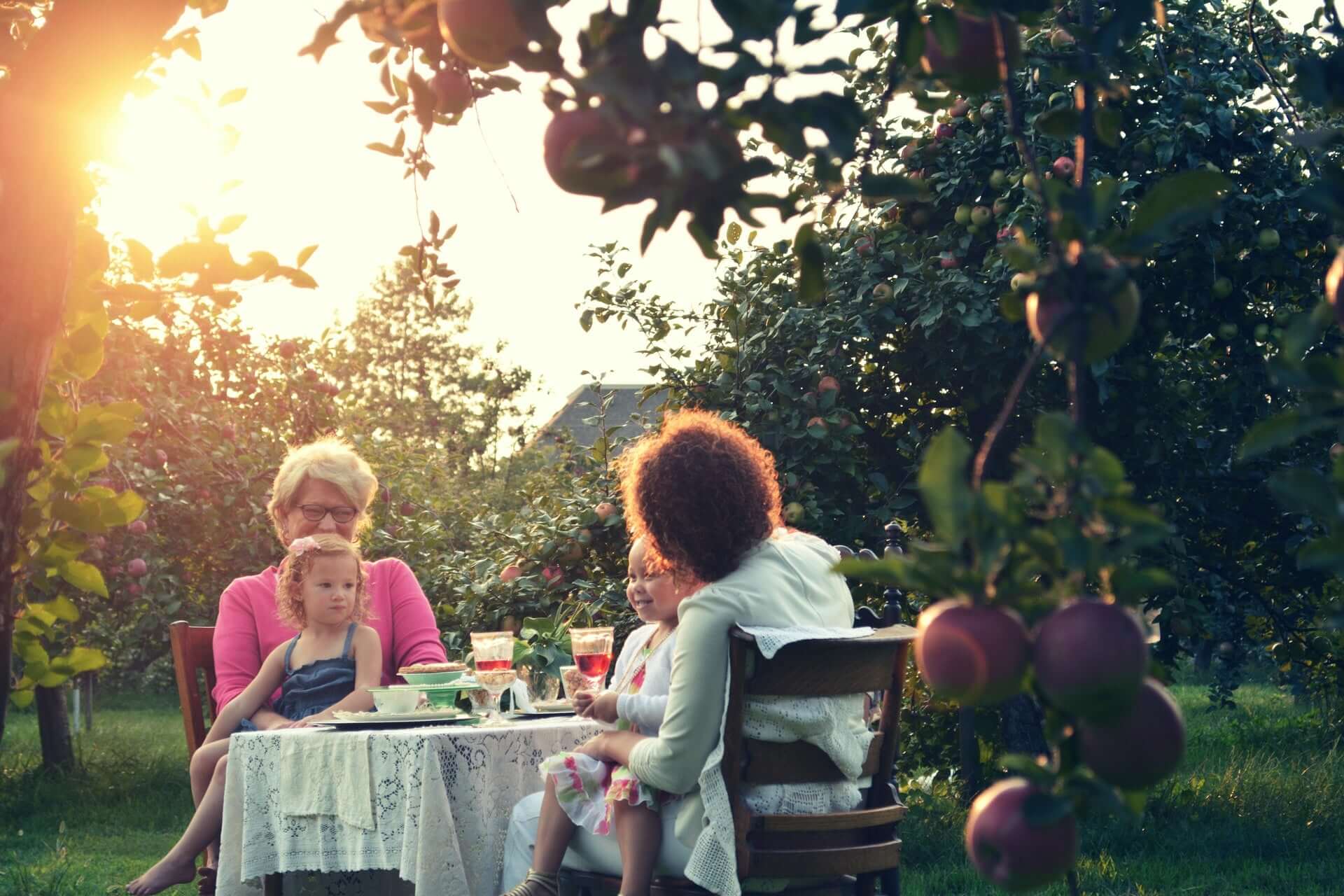
Inhaltsverzeichnis
Nachhaltige Ernährung – So funktioniert’s
Wir essen drei bis fünf Mal am Tag. Rechnet man Einkaufen, die Lagerung der Lebensmittel und das Kochen zusammen, entstehen eine ganze Menge Umweltemissionen. Heute geht es um die Grundlagen der nachhaltigen Ernährung.
Da ist viel, was man nicht sehen kann
Wir kennen das Bild alle: Schön ordentlich aneinandergereihte Lebensmittel in den Regalen der Supermärkte. Wenn man die einzelnen Lebensmittel – Obst, Gemüse, Brot, Süßigkeiten, Fertiggerichte, Saucen, gekühlte Ware, vielleicht Fleisch oder Fisch – so vor sich hat, schaut man aber nur auf das Endprodukt. Schnell vergessen wir, wie viele einzelne Arbeitsschritte, wie viel Zeit, wie viele Inhaltsstoffe, wie viele Menschen mit der Produktion dieses Lebensmittels bis zu diesem Punkt zu tun hatten. (An dieser Stelle einmal ein großes, gedankliches “Danke” an die Menschen, die Tag für Tag auf Feldern ackern, in Fabriken arbeiten oder Waren von A nach B transportieren!)☺️
Mit all diesen Arbeitsschritten entstehen Umweltemissionen, Energie und Ressourcen, die verbraucht werden. Und all das ist eben am Ende, wenn das Produkt bei uns zuhause aus der Einkaufstüte ins Regal geräumt wird, nicht mehr sichtbar.
Essen hat also viel mit Umwelt zu tun. Um der Umwelt wenigstens ein bisschen was zurückzugeben, kann man sich über die Auswirkungen der Lebensmittelproduktion informieren und versuchen, einige Dinge anders zu machen. Das Endziel sollte dabei natürlich nicht sein, gar nichts mehr zu essen. Es sollte auch niemand von anderen verlangen, Selbstversorger:in zu werden. Aber mit den ein oder anderen Tricks und Gewohnheiten lassen sich schon so einige Ressourcen und Energie einsparen…

Photo by Maddi Bazzocco on Unsplash
Der Einkauf
Beim Einkauf von Obst und Gemüse sollte so gut es geht auf Saisonalität und Regionalität geachtet werden. Kauft man Güter, die aus der Nähe kommen, werden Transportwege eingespart. Besonders exotisches Obst ist bei uns mittlerweile das ganze Jahr über verfügbar. Man kann sich also überlegen, ob man im Dezember wirklich eine Mango aus der Karibik braucht…
Auch auf Wochenmärkten lohnt es sich, einmal mehr zu fragen, woher das Lebensmittel stammt.
Lebensmittel in Bio-Qualität oder aus fairem Handel werden mit besseren Bedingungen für Klima und / oder Arbeiter:innen hergestellt. Bio ist übrigens lange nicht so teuer wie immer angenommen wird. Fast jeder Supermarkt hat mittlerweile ein “eigenes” Bio-Sortiment, auch wenn es hier selbstverständlich auch Unterschiede in der Qualität der Siegel gibt.
Zu tierischen Produkten wie Eier, Milch oder Fleisch und Fisch ist zu sagen: Hier ist es meist nicht der Transportweg, der das Meiste ausmacht. Die größte Klima-Belastung stellen hier die Mengen an Kraftfutter und die Ressourcen, die für die Haltung der Tiere benötigt werden, dar. Aber auch hier zählen Regionalität und Bio-Qualität.
Noch besser für die Umwelt ist es natürlich, das ein oder andere Mal auf Fleisch zu verzichten. Fleischalternativen aus Soja oder Weizen gibt es eine ganze Menge, und viele Fleischesser:innen sind sehr positiv überrascht von deren Geschmack. Probieren lohnt sich!
Eine Sache, auf die glücklicherweise zunehmend mehr Menschen achten, ist der Plastikverbrauch. Das Mitbringen eines eigenen Einkaufskorbes oder einer Tasche spart Ressourcen und ist so gut wie kein Aufwand, sobald man sich einmal dran gewöhnt hat.
Zwar versuchen immer mehr Hersteller Alternativen zu Plastik als Verpackungsmaterial zu finden. Dennoch lautet hier die Devise: Was nicht gekauft wird, wird dem Hersteller früher oder später auffallen. Denn am Ende bestimmt die Nachfrage das Angebot. ☺️
Die Lagerung
Zuhause angekommen entscheidet die richtige Lagerung über die Haltbarkeit der Lebensmittel.
Ein Großteil der frischen Produkte landet im Kühlschrank. Dieser hat verschiedene Kältezonen. Die besonders empfindlichen Lebensmittel sollten direkt über bzw. auf der Glasplatte ihren Platz finden. Hier ist es am Kältesten. Offene Konserven, Marmelade oder Essensreste fühlen sich auch ein bisschen weiter oben noch wohl. Und das Gemüsefach heißt nicht umsonst Gemüsefach: Die hier herrschenden sechs bis acht Grad sowie die Luftfeuchtigkeitsverhältnisse sind ideal für die meisten Gemüse- und auch Obstsorten.
Ein weiterer kleiner Trick, der viel bewirken kann: Ganz frische oder lang haltbare Produkte in den hinteren Teil des Kühlschranks räumen. So stellt man sicher, dass auch nichts vergessen wird und dass die Dinge, die schneller schlecht werden können, zuerst aufgegessen werden.
Weitere Tipps zur richtigen Lagerung von Lebensmitteln findest du übrigens in diesem Beitrag.
Die Zubereitung
Wusstest du, dass man selbst beim Wasser kochen Energie sparen kann? Mir war das zumindest lange nicht bewusst. Erhitzt man das Wasser im Wasserkocher und gibt es anschließend erst in den Topf, um dann beispielsweise darin Nudeln zu kochen, spart man bis zu 80 Prozent im Vergleich zum Elektroherd!
Außerdem sollte man beachten, dass der Topf richtig auf die Herdplatte passt. Schon bei einer Differenz von ca. zwei Zentimetern kann der Energieverlust ca. 30% betragen. Wer den Deckel auf Topf oder Pfanne gibt, kann die Platte guten Gewissens wieder ein wenig runter drehen.
Das Mindesthaltbarkeitsdatum sollte als Richtwert betrachtet werden (schließlich heißt es ja auch MINDESThaltbarkeitsdatum und nicht MAXIMALhaltbarkeitsdatum 😋). Hier sollte man durchaus die eigenen Sinne einsetzen. Sieht, riecht und schmeckt das Produkt noch gut, kann es in den meisten Fällen ohne Probleme verzehrt werden.
Noch immer werden bei uns viel zu viele Lebensmittel weggeschmissen. Tipps zur Vermeidung oder Reduktion von Lebensmittelabfällen findest du hier.
Wenn du noch mehr über gesunde Ernährung, Achtsamkeit oder Nachhaltigkeit erfahren möchtest, schaue dir hier noch mehr spannende Blog-Artikel zu diesen Themen an.

Photo by Gaelle Marcel on Unsplash








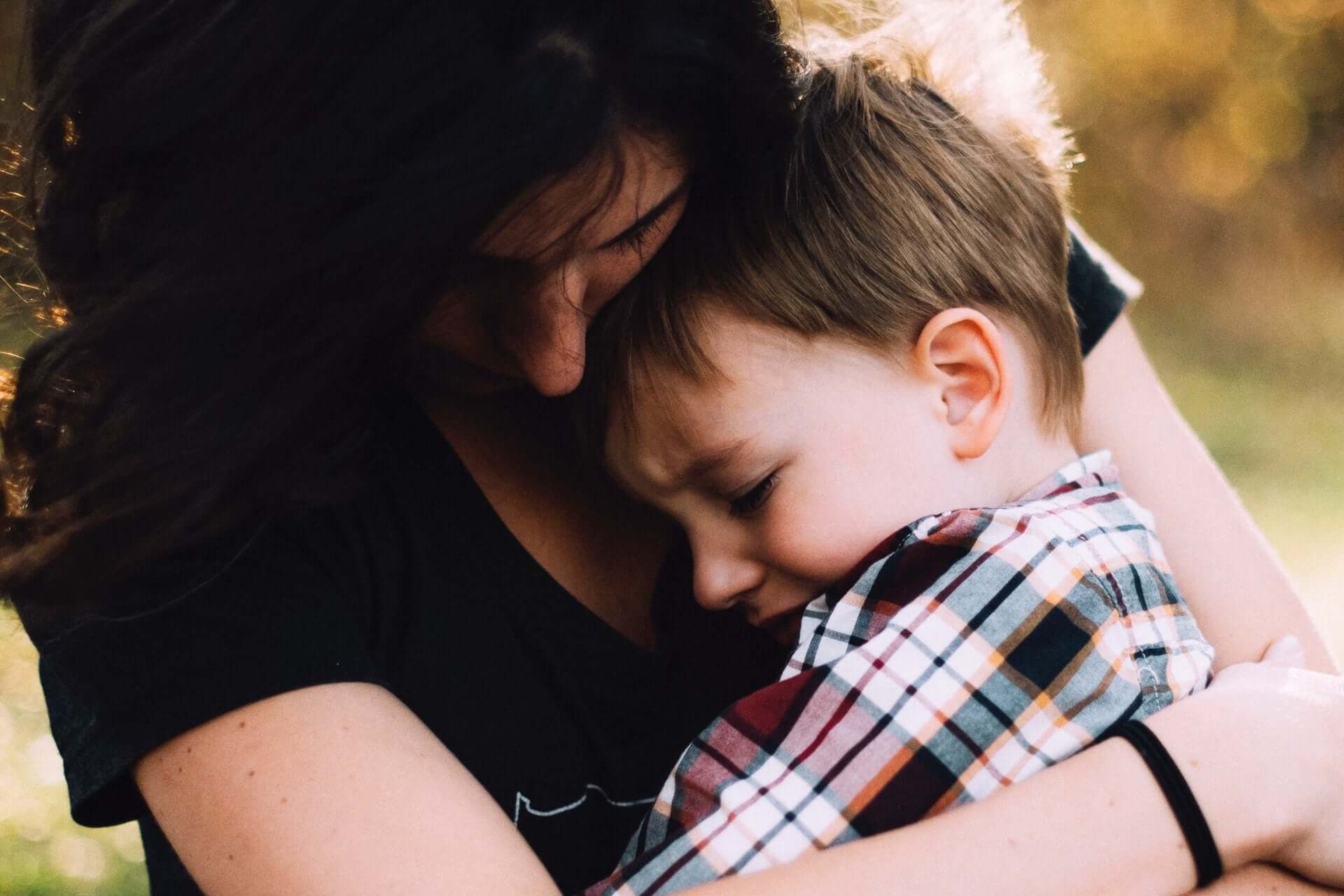


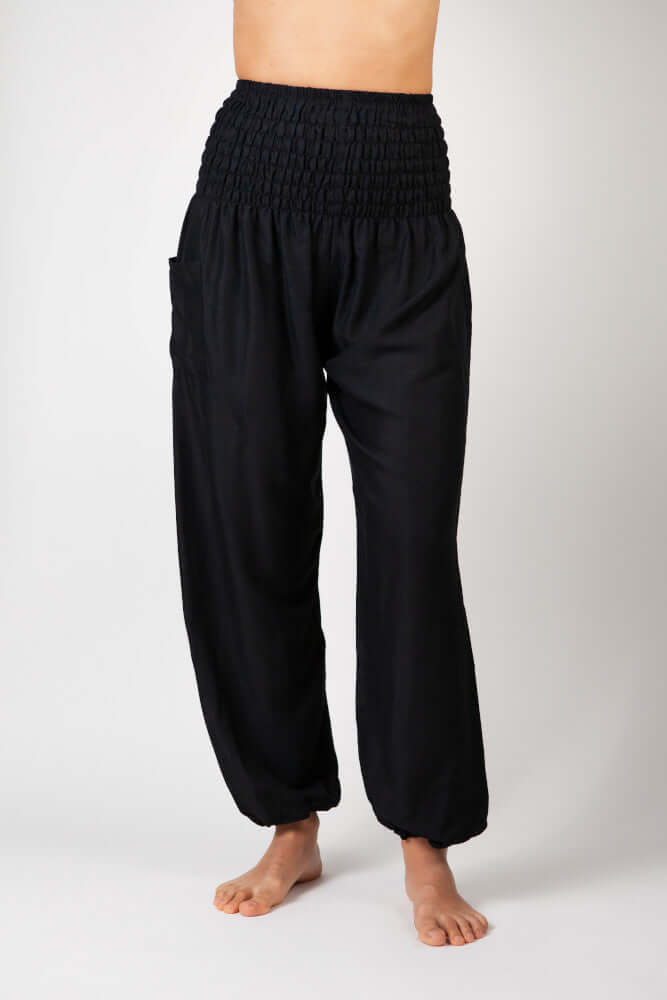
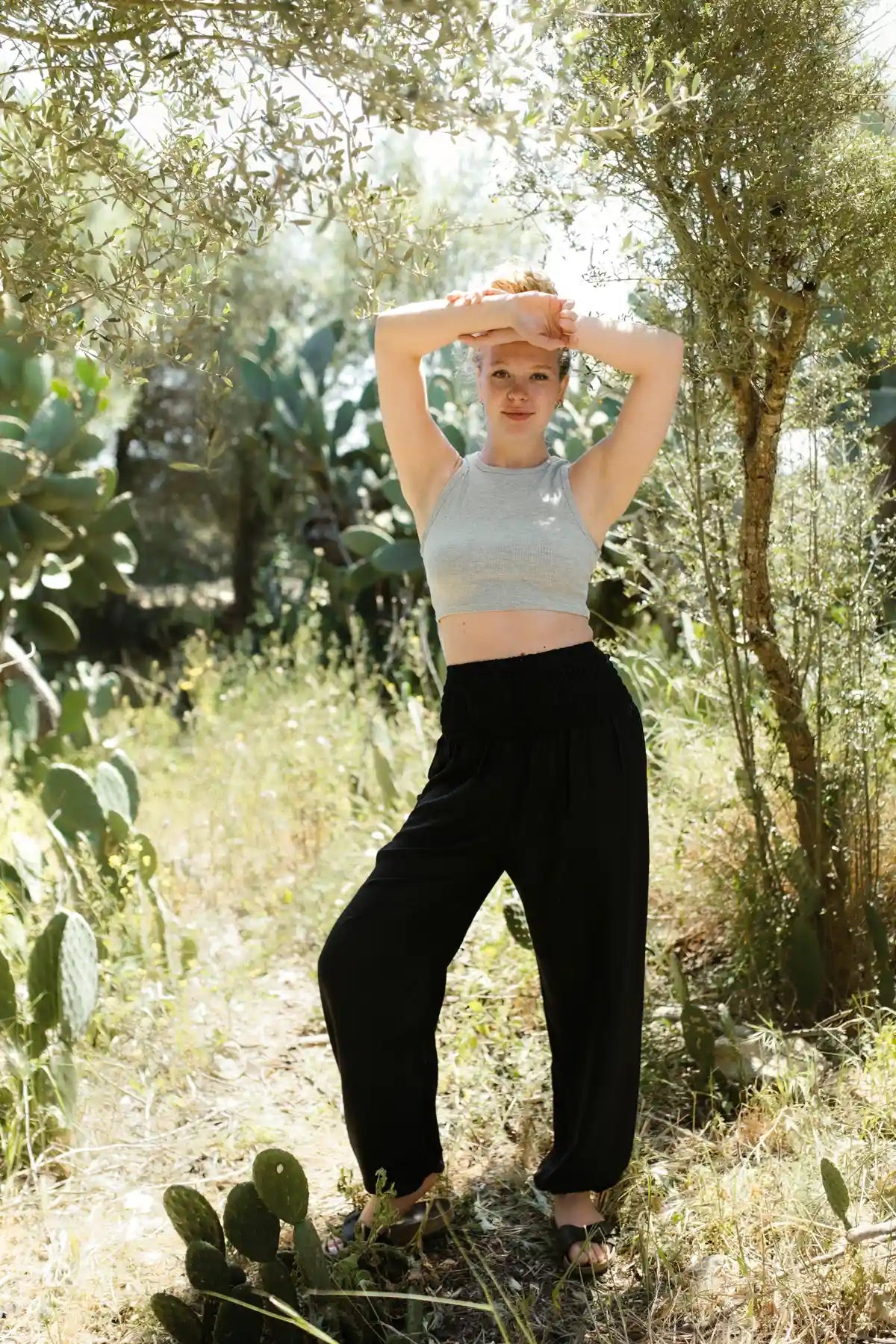
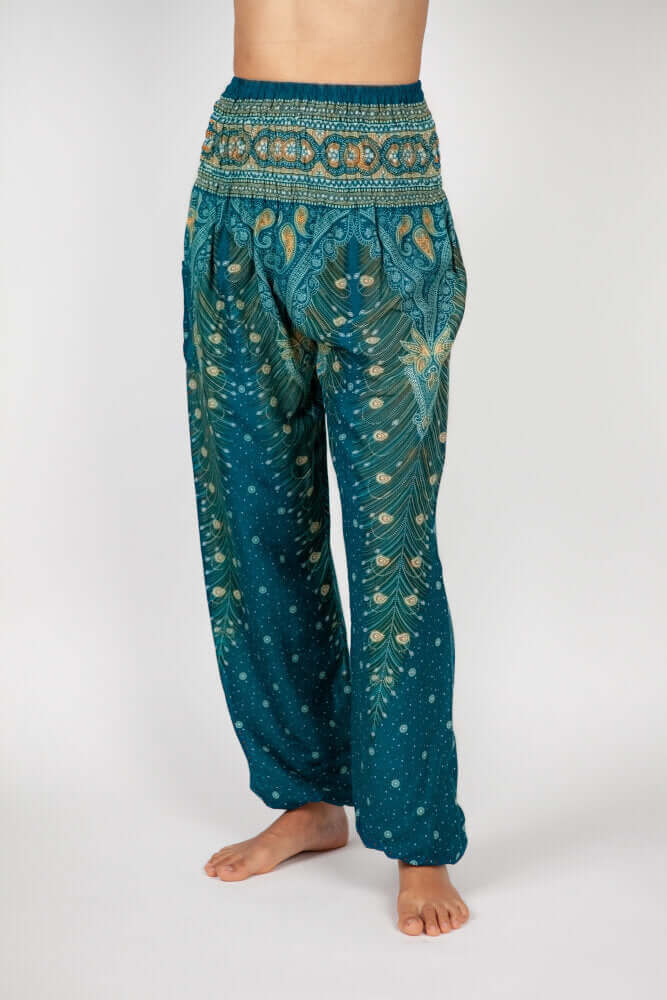

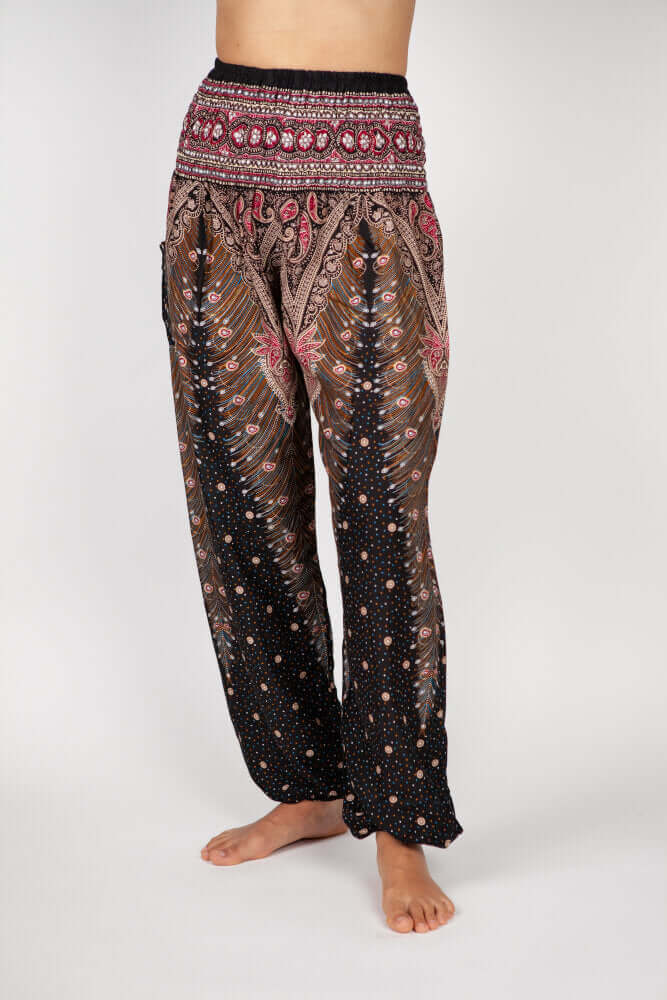


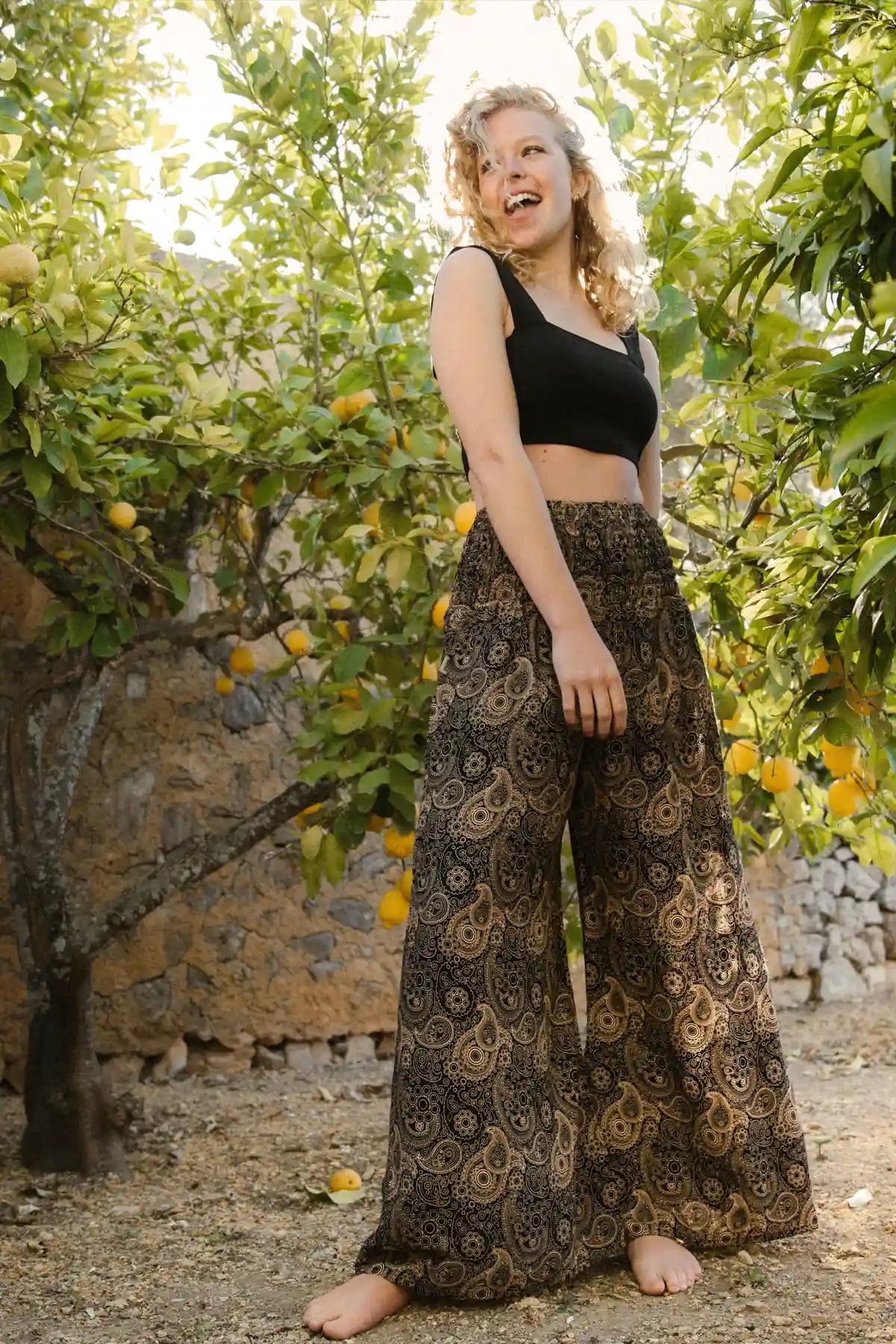
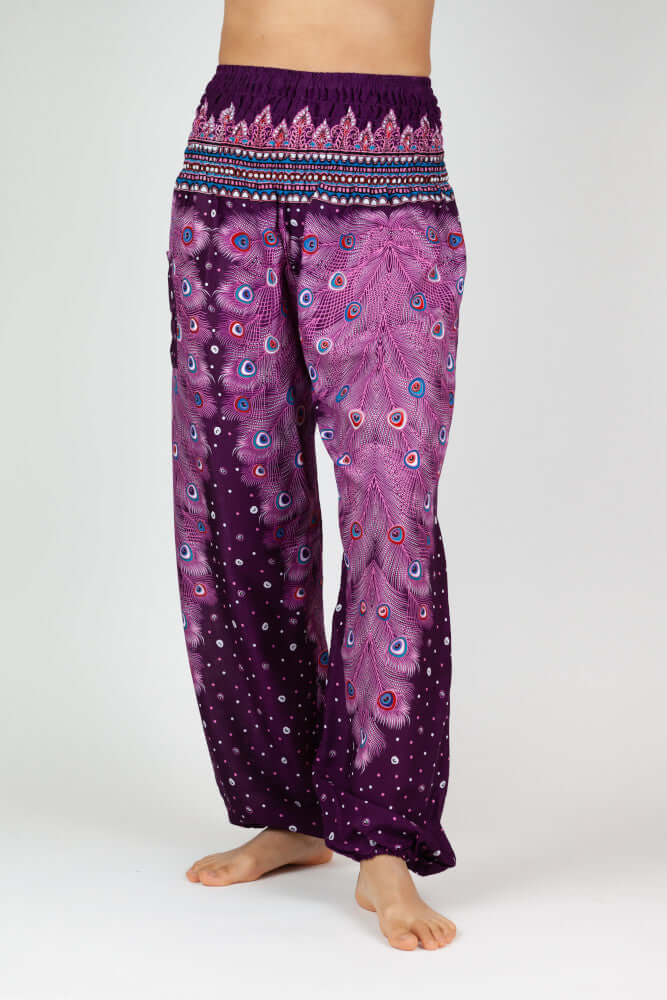



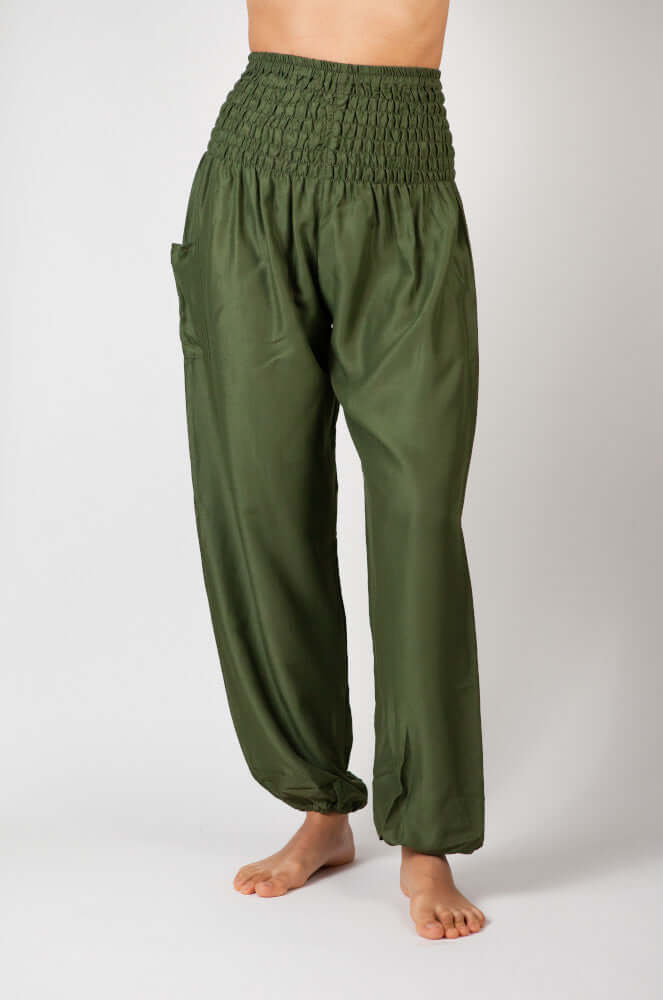

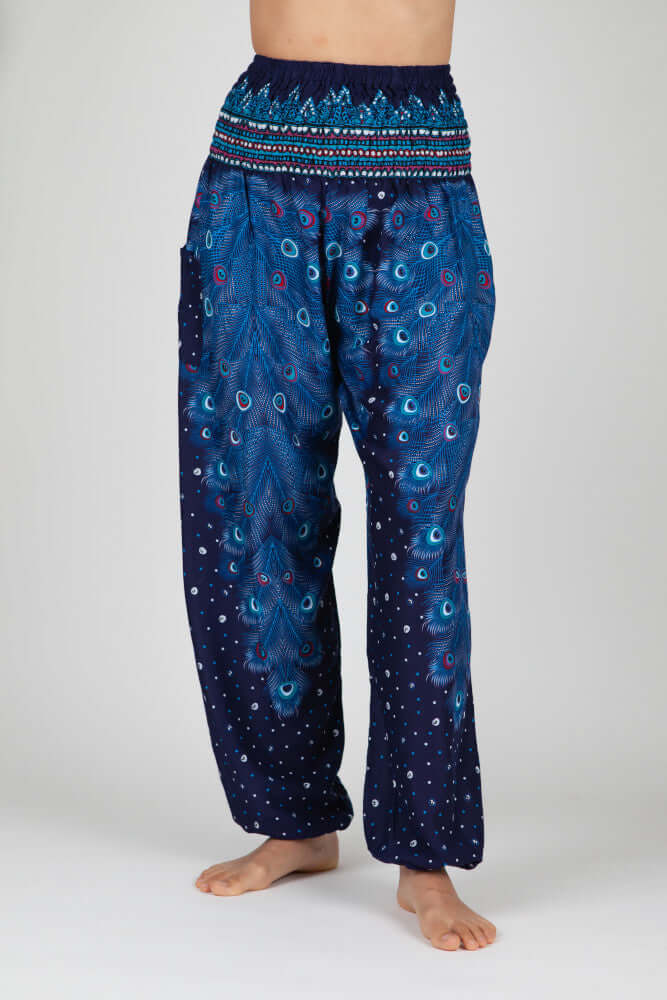

Leave a comment
This site is protected by hCaptcha and the hCaptcha Privacy Policy and Terms of Service apply.